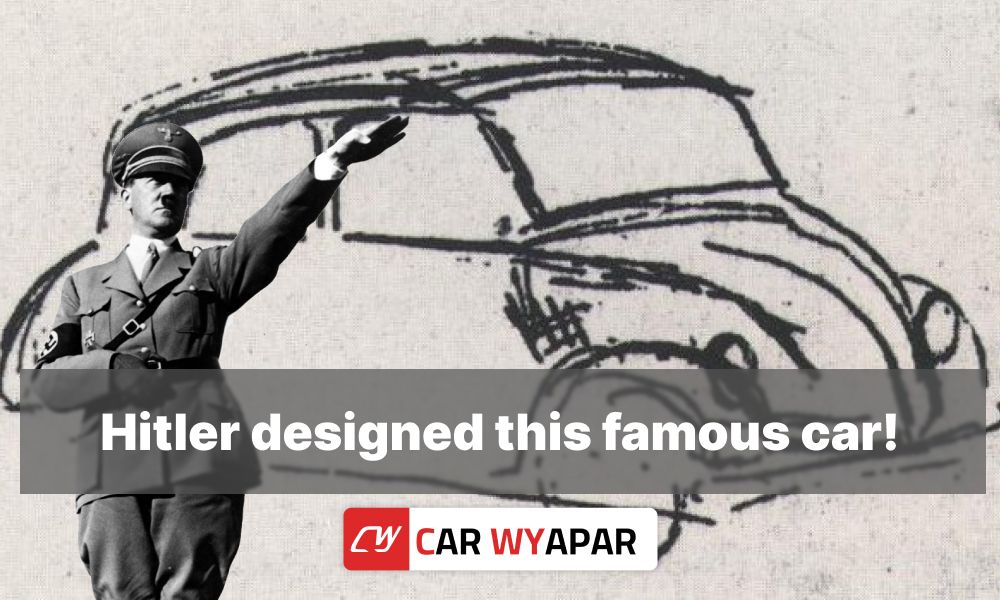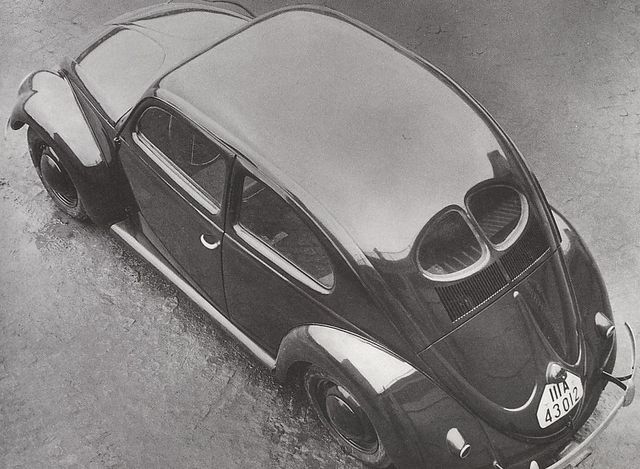The Volkswagen Beetle: From Hitler’s Vision to Iconic Design
Published On 31/5/2024, 12:02:20 pm Author Hritik BaberwalThe Volkswagen Beetle, a car that has become synonymous with unique design and cultural impact, has a history that is as fascinating as it is controversial. Its journey from a concept envisioned by Adolf Hitler to becoming the best-selling car of all time is a tale of innovation, resilience, and transformation.

The story of the Volkswagen Beetle begins in the early 1930s with Adolf Hitler’s desire for a cheap, simple car to be mass-produced for the new road network of Germany, the Reichsautobahn. Hitler’s vision was for a “people’s car” (Volkswagen in German), a vehicle that would promote mobility and prosperity among the German populace.

To bring this vision to life, Hitler enlisted the expertise of Ferdinand Porsche, a renowned automotive engineer. The collaboration resulted in the development of a car that was affordable, practical, and durable. Despite the dark origins associated with its conception, the design of the Beetle, primarily attributed to Erwin Komenda, and the engineering prowess of Porsche, culminated in a vehicle that would outlast its initial purpose and political ties.
Post-War Success and Cultural Icon
After World War II, the Volkswagen Beetle’s production ramped up, and it quickly became a symbol of Germany’s post-war economic recovery. The Beetle’s distinctive shape, reliability, and affordability contributed to its widespread popularity. It transcended its origins to become a beloved icon across the globe, finding a special place in the hearts of Californian surfers, college students, and free-spirited individuals of the 1960s and beyond.
The Beetle’s design remained relatively unchanged throughout its production, which spanned from 1938 to 2003.

Over 21.5 million units were produced, making it the most manufactured car of a single platform ever. The Beetle’s legacy is not just in the numbers sold but also in its cultural significance, having starred in films and been a part of countless personal stories.
















